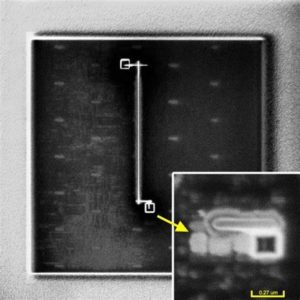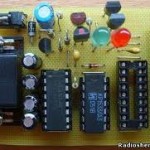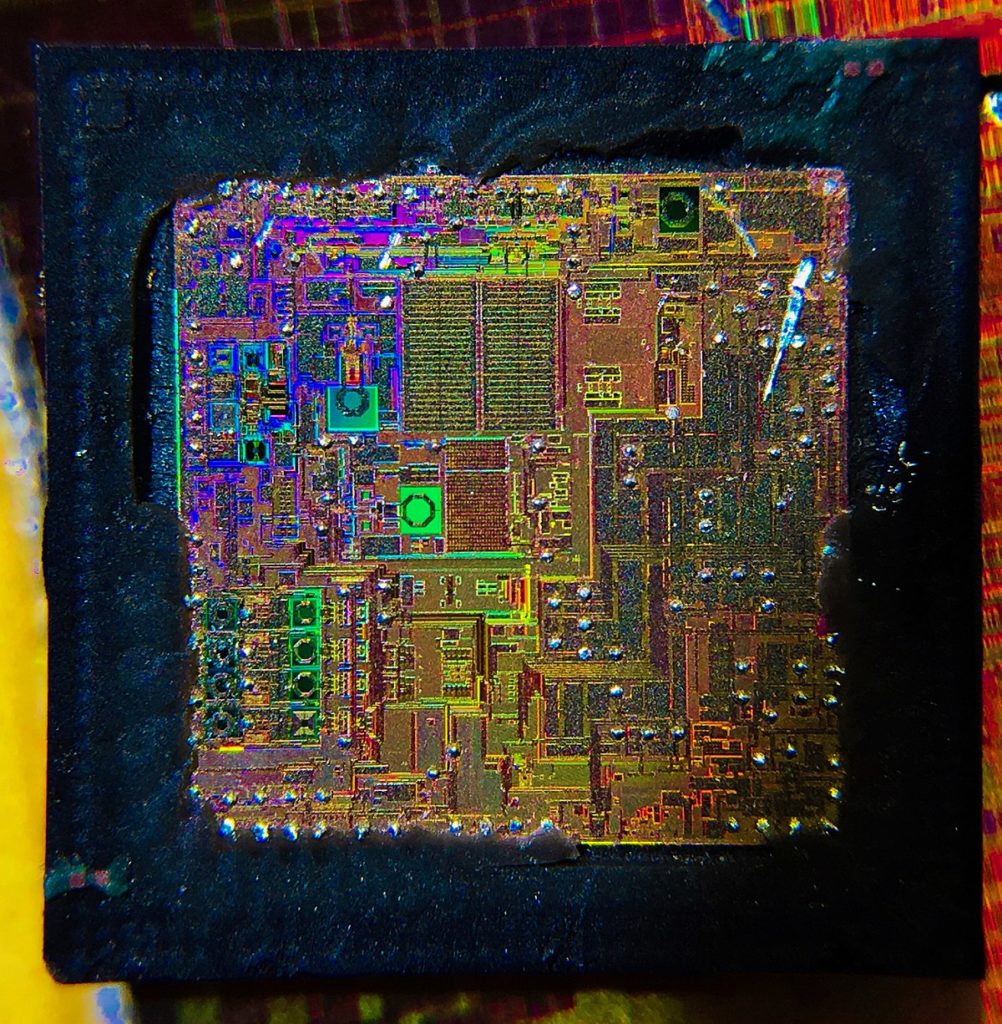Unlock MCU PIC16F59 Eeprom
Unlock MCU PIC16F59 Eeprom and flash memory so the engineer can recover MCU code from locked microcontroller PIC16F59 directly by universal programmer, and through focus ion beam technique we can edit the circuitry pattern of internal MCU structure;

Unlock MCU PIC16F59 Eeprom and flash memory so the engineer can recover MCU code from locked microcontroller PIC16F59 directly by universal programmer, and through focus ion beam technique we can edit the circuitry pattern of internal MCU structure
The high performance of the PIC16F5X family can be attributed to a number of architectural features commonly found in RISC microprocessors. To begin with, the PIC16F5X uses a Harvard architecture in which program and data are accessed on separate buses. This improves bandwidth over traditional von Neumann architecture where program and data are fetched on the same bus.
Separating program and data memory further allows instructions to be sized differently than the 8-bit wide data word. Instruction opcodes are 12-bits wide, making it possible to have all single-word instructions. A 12-bit wide program memory access bus fetches a 12-bit instruction in a single cycle.
A two-stage pipeline overlaps fetch and execution of instructions. Consequently, all instructions (33) execute in a single cycle except for program branches.
The PIC16F54 addresses 512 x 12 of program memory, the PIC16F57 and PIC16F59 addresses 2048 x 12 of program memory. All program memory is internal.
The PIC16F5X can directly or indirectly address its register files and data memory. All Special Function Registers (SFR), including the program counter, are mapped in the data memory. The PIC16F5X has a highly orthogonal (symmetrical) instruction set that makes it possible to carry out any operation on any register using any Addressing mode. This symmetrical nature and lack of ‘special optimal situations’ make programming with the PIC16F5X simple, yet efficient. In addition, the learning curve is reduced significantly.
The PIC16F5X device contains an 8-bit ALU and working register. The ALU is a general purpose arithmetic unit. It performs arithmetic and Boolean functions between data in the working register and any register file.
The ALU is 8-bits wide and capable of addition, subtraction, shift and logical operations. Unless otherwise mentioned, arithmetic operations are two’s complement in nature. In two-operand instructions, typically one operand is the W (working) register. The other operand is either a file register or an immediate constant. In single operand instructions, the operand is either the W register or a file register.
The W register is an 8-bit working register used for ALU operations. It is not an addressable register. Depending on the instruction executed, the ALU may affect the values of the Carry (C), Digit Carry (DC) and Zero (Z) bits in the STATUS Register. The C and DC bits operate as a borrow and digit borrow out bit, respectively, in subtraction. See the SUBWF and ADDWF instructions for examples.
A simplified block diagram is shown in Figure 2-1 with the corresponding device pins described in Table 2-1 (for PIC16F54), Table 2-2 (for PIC16F57) and Table 2-3 (for PIC16F59).
Tags: unlock mcu binary archive,unlock mcu binary code,unlock mcu binary content,unlock mcu binary data,unlock mcu binary eeprom,unlock mcu binary file,unlock mcu binary firmware,unlock mcu binary information,unlock mcu binary memory,unlock mcu binary program




